The Life of Manga Legend Shigeru Mizuki: How Passion Can Overcome the Trauma of War and Suffering
“Showa...never forget the price that was paid for the world you live in now. Never forget the lessons of history. It's up to you. Don't make the same mistake again!!!”- Shigeru Mizuki, "Showa 1953-1989: History of Japan"
A True Manga Legend

In this article, we will explore Mizuki's life journey, observing how his unwavering passion for creating manga became a force that allowed him to overcome his inner demons. His path from youth and fascination with Japanese yokai, through traumatic experiences in war, to achieving the status of a legend in the manga world, shows the remarkable strength of a man who had to face profound suffering and darkness in life.
Childhood and Fascination with Japanese Folklore
Born on March 8, 1922, in Osaka, Shigeru Mizuki grew up in the tiny port of Sakaiminato, a picturesque fishing town in Tottori Prefecture. His real name was Shigeru Mura. Young Shigeru was fascinated by art and folklore from his earliest years, partly thanks to his location - Sakaiminato was a place rich in folk stories and myths. His childhood was marked by tales of ghosts, demons, and yokai, forming the basis of his later works.
 Legends and Mythology
Legends and Mythology
From a young age, Shigeru showed an extraordinary interest in drawing. Surrounded by stories and visions of folklore, young Mizuki often spent hours creating illustrations inspired by these tales. His love for art was evident even in elementary school, where he often drew during classes, not always meeting the approval of his teachers.
In the World of Yokai
From an early age, Shigeru Mizuki showed a deep interest in Japanese mythology and folklore, particularly being fascinated with yokai - spirits and monsters from Japanese legends. Raised in Sakaiminato, a picturesque fishing town rich in local traditions and stories, young Shigeru was immersed in a world filled with ghosts and mythological creatures. These early fascinations had a significant impact on his later work, inspiring him to create some of the most iconic characters and stories in the world of manga. Yokai, often perceived as mysterious and unsettling, gained new, often more human dimensions in Mizuki's hands, reflecting his unique approach to this traditional subject matter.
 Collections and Eccentric Hobbies
Collections and Eccentric Hobbies
Young Mizuki also had unusual hobbies - he collected front pages of newspapers. This interest reflected his deep curiosity about the world and a desire to understand its diversity. His original behaviors, such as the ability to elicit laughter from peers by making unusual sounds, indicated his future distinctive character.
Education and Challenges
Although Mizuki's family struggled to finance his education, his mother was determined to provide him with the best possible education. However, Mizuki was not an exemplary student - he often arrived late for school, and his interests were more concentrated on art than on traditional academic subjects.
 Journeys to the City
Journeys to the City
As a teenager, Mizuki moved to Osaka, where he tried to find work and start a life away from his hometown. His early years in the city were full of challenges but also shaped his independence and determination, which later helped him in his artistic career. It was during these youthful years, spent between Sakaiminato and Osaka, that the foundations of his later work were formed, full of rich imagination and deep fascination with Japanese folklore.
Shigeru Mizuki's Wartime Experiences
'I feel the most sorry for the ones who starved to death. I'll never get over that feeling. People today say 'I'm starving' when they are hungry - but they don't understand what that really means.' - Shigeru Mizuki, 'Showa 1953-1989: A History of Japan'
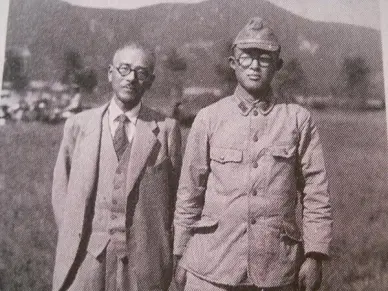

The war also physically scarred him, leaving him crippled – he lost his left hand. He was left-handed and drew (which was his life passion) with his left hand. During his stay in a military hospital (while being treated for malaria), the hospital was bombed by allied forces. As a result of this attack, Mizuki suffered serious injuries, leading to the amputation of his hand. This terrible loss was both a physical and emotional blow for him, weighing heavily on the rest of his life.
After returning to Japan and the end of the war, Mizuki faced the challenge of rebuilding his life from the shadows of the past. His unimaginable wartime experiences deeply changed him, left a mark on his worldview, and became a central element of his work. With the determination that can only be the result of this specific mix of experienced trauma and deep passion, he learned to draw with his right hand and fought to express through his work what troubled him.
 From Trauma to Creative Power
From Trauma to Creative Power
'It's necessary to learn from the past, to not repeat the same mistakes. And to never forget it was real! This actually happened to us!' - Shigeru Mizuki, 'Showa 1953-1989: A History of Japan'
This new stage in Mizuki's life, though full of challenges, opened the door to his career as a manga artist. His wartime experiences became a source of inspiration and a guiding theme for many of his later works. His first post-war works, though marked by the shadow of war, were also a testament to his indomitable spirit and desire to live.
'Hakaba Kitaro', one of his early works, later transformed into the cult series 'GeGeGe no Kitaro', was a fusion of Japanese folklore and Mizuki's personal demons. In these works, one can see both the author's fascination with spirits and yokai, and the traces left by the war. In this series, full of incredible characters and dark plots, Mizuki expressed his rebellion against the brutality and absurdity of war.
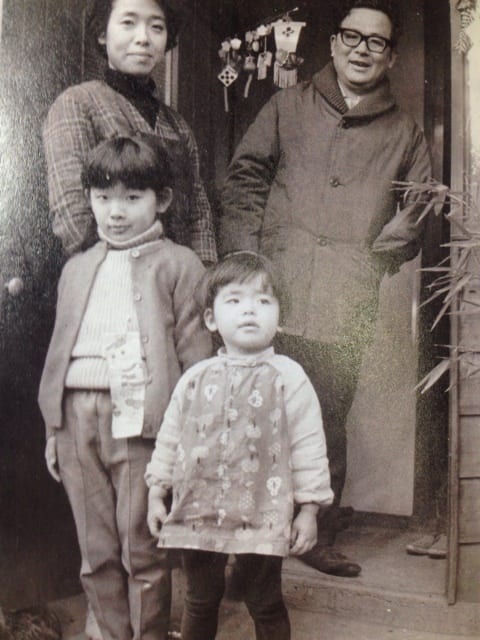
Throughout his life, Shigeru Mizuki remained true to his artistic vision, transforming his suffering and trauma into works that not only entertained but also provoked thought. His extraordinary ability to turn pain into beauty was not only the key to his personal healing but also a source of inspiration for generations of readers and artists worldwide.
Steps on the Career Path
'There is nothing as terrifying as war. Yet, in this darkness, one can find a spark of hope.' - Shigeru Mizuki
 The First Step was Determination
The First Step was Determination
Returning from the war to Japan, Shigeru Mizuki found in drawing not only a form of therapy but also a path to an artistic career. The beginnings of his path as a manga artist were a challenge, as he had to learn to draw with his right hand. Nevertheless, his determination and passion for art allowed him to achieve initial successes. Mizuki began to create stories that combined personal wartime experiences, Japanese folklore, and supernatural elements, transforming his inner demons into fascinating characters.
The Birth of "GeGeGe no Kitaro"
One of his most famous works became the series "GeGeGe no Kitaro", originally known as "Hakaba Kitaro". It was in this series that Mizuki showcased his skills in blending folklore with modern manga. "GeGeGe no Kitaro" quickly became a cult work, bringing fame to Mizuki. By presenting yokai – spirits and monsters from Japanese legends – in a new, often humorous light, Mizuki not only entertained but also encouraged reflection on traditional beliefs.
 Influence on Japanese Culture
Influence on Japanese Culture
"GeGeGe no Kitaro" had a huge impact on Japanese pop culture. This series, with its mix of humor, horror, and fantastic adventures, inspired entire generations of manga and anime creators. Through his work, Mizuki contributed to the revival of interest in yokai and folklore, which was particularly important during a time when Japan was rapidly modernizing and moving away from tradition.
Development and Evolution
Despite the success of "GeGeGe no Kitaro", Mizuki never stopped experimenting and developing his style. His later works, such as "Showa: A History of Japan", showed a deeper analysis of society and history while still maintaining a characteristic blend of reality and fantasy. Mizuki became not just a manga artist but also a social commentator, conveying his thoughts through art.
Most Important Works
The Manga "GeGeGe no Kitaro"
"GeGeGe no Kitaro", originally known as "Hakaba Kitaro", is one of Mizuki's most recognizable works, gaining popularity in the 1960s. The series revitalizes traditional Japanese yokai characters, presenting them in a new, often humorous light. It was created in the post-war period when Japan was undergoing dynamic transformation, and Mizuki sought to renew interest in national folklore.

"GeGeGe no Kitaro" had a huge impact on Japanese pop culture, inspiring numerous adaptations and later works. The series contributed to the revival of interest in yokai in Japan, becoming an important part of the global manga and anime heritage.
 The Manga "Showa: A History of Japan"
The Manga "Showa: A History of Japan"
"Showa: A History of Japan" is an epic manga series aimed at depicting the history of Japan during the Showa era (1926-1989). Published starting in 1988, this ambitious work presents both major historical events and the everyday lives of ordinary people. This piece was created in the later period of Mizuki's career when he decided to more directly confront his country's history.
The manga combines Mizuki's personal experiences with a broader historical context, showing the effects of wars, political changes, and Japan's economic development. The work is important because it offers a unique perspective on significant historical events while preserving the human side of history.
"Showa: A History of Japan" has been appreciated for its detailed and balanced portrayal of history, gaining recognition from both critics and readers. The series solidified Mizuki's position as one of the most important manga artists, capable of combining entertainment with historical education.
 The Manga 'Onward Towards Our Noble Deaths'
The Manga 'Onward Towards Our Noble Deaths'
'Onward Towards Our Noble Deaths' is a semi-autobiographical manga that narrates Mizuki's experiences as a soldier in World War II. Published in 1973, this work was a direct result of his personal wartime experiences, especially his service in Rabaul.
This manga is a raw and emotional portrayal of the lives of soldiers, their fear, pain, and sacrifice. Mizuki critiques the senselessness of war and the militaristic culture of Japan, presenting war from the perspective of those who actually lived it.
'Onward Towards Our Noble Deaths' has been recognized as one of Mizuki's most important works, appreciated for his honesty and courage in depicting the brutal truth of war. This manga has significantly influenced how manga and anime represent war, becoming a classic anti-war piece.
The Manga 'NonNonBa'
'The "insectile feeling" is a feeling in which one is never hung up with human issues, just like one of many other earthly creatures' - Mizuki Shigeru, 'Nonnonbā and Me' [memoir]

In 'NonNonBa,' Mizuki presents his childhood fascinations and fears, showing how the influence of his caregiver and local legends shaped his imagination and interests. This manga is important as it offers an intimate insight into Mizuki's sources of inspiration and shows the importance of tradition and family transmissions.
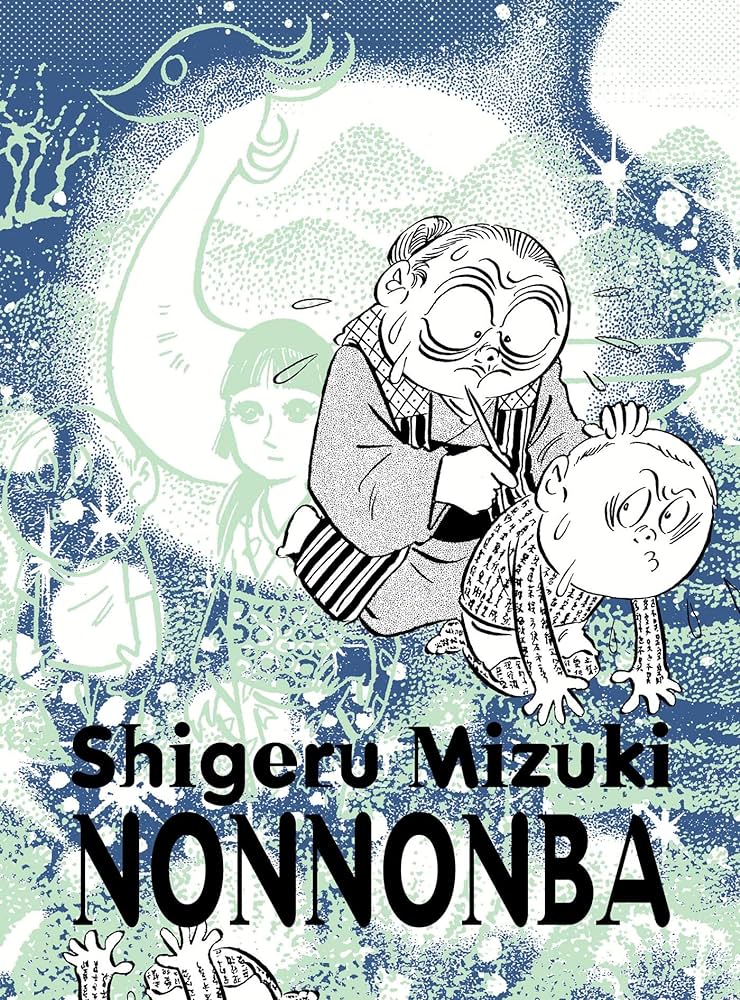
 Akuma-kun
Akuma-kun
'Akuma-kun,' published in the 60s, is a manga that portrays a young boy who makes a pact with demons to realize his dream of creating a perfect world. This series is a mix of horror, fantasy, and adventure, reflecting Mizuki's fondness for supernatural motifs.
In 'Akuma-kun,' Mizuki explores themes of good and evil, human morality, and the consequences of actions. Although it may seem like an entertainment work, it addresses deeper ethical and philosophical issues.
'Akuma-kun' has influenced how manga and anime represent relationships between humans and supernatural beings. This series, like Mizuki's other works, shows his ability to combine fantasy with serious subjects, being a valuable contribution to the genre.
 Shigeru's Works Still Alive
Shigeru's Works Still Alive
Contemporary adaptations of Shigeru Mizuki's manga show how his creations continue to inspire and fascinate new generations. The 'GeGeGe no Kitaro' series, in particular, has seen many new anime versions and remains popular, showcasing both a fidelity to Mizuki's original spirit and the ability to refresh and adapt to contemporary tastes. The latest adaptations of this series, aired in the last decade, introduce new elements to the classic story while maintaining the original style and themes. These new versions not only attract younger viewers but also offer new interpretations and perspectives that pay homage to Mizuki's original vision.
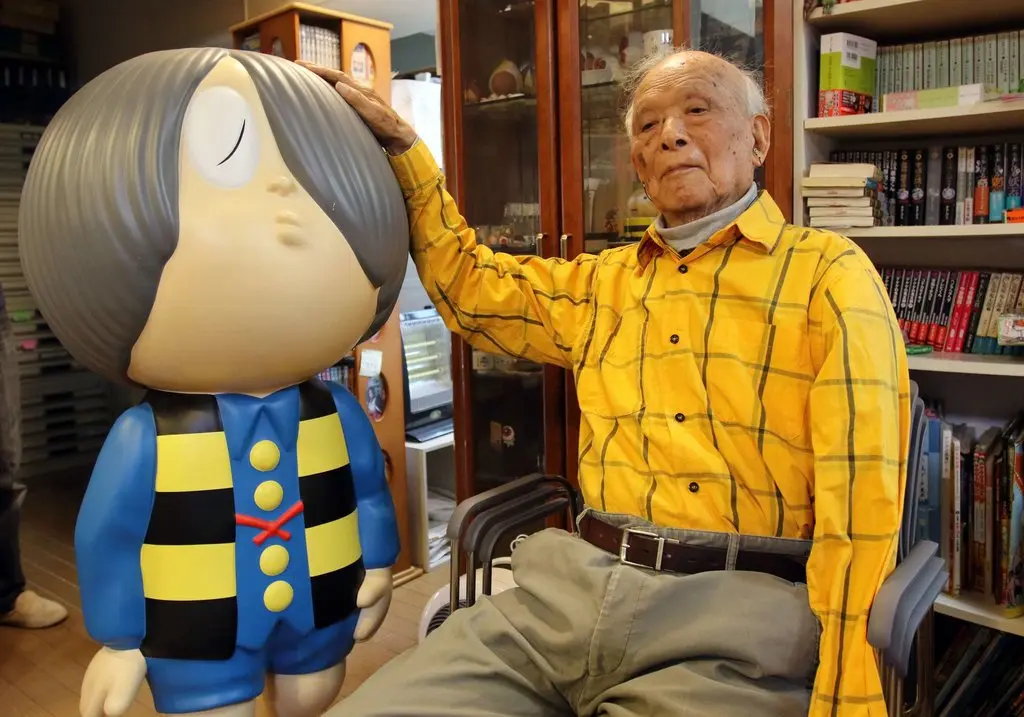
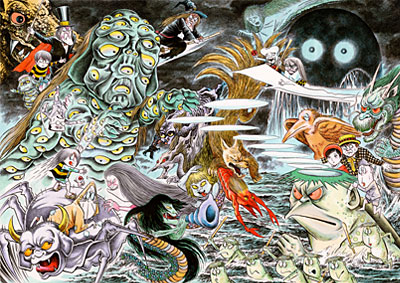
Always Curious About the World
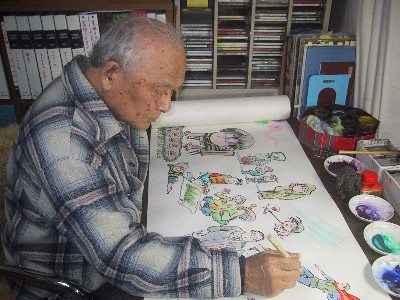
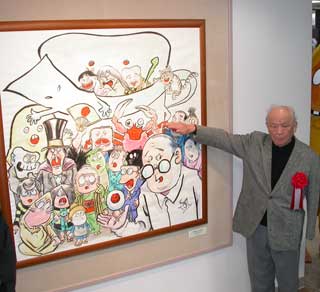
'It is the will of the universe for all living creatures, even a small bug, to live. It is evil to prevent such a will by a human-caused act. The armed forces are the most pathological entity for humanity... there is nothing healthier than the vault of heaven, chirping birds, and the islanders.' - Shigeru Mizuki
>> SEE ALSO SIMILAR ARTICLES:
Journey through the diverse worlds of anime: A compendium of genres and sub-genres
Japanese Mythology in Anime: When Ancient Tales Come to Life
Kami, islands, chaos and ocean: World Creation Vision in Japanese Mythology
Yōkai and Kami: A Bestiary of Mythological Creatures of Japan in Anime
"Strong Japanese Women"
see book by the author
of the page
未開 ソビエライ
An enthusiast of Asian culture with a deep appreciation for the diverse philosophies of the world. By education, a psychologist and philologist specializing in Korean studies. At heart, a programmer (primarily for Android) and a passionate technology enthusiast, as well as a practitioner of Zen and mono no aware. In moments of tranquility, adheres to a disciplined lifestyle, firmly believing that perseverance, continuous personal growth, and dedication to one's passions are the wisest paths in life. Author of the book "Strong Women of Japan" (>>see more)
Personal motto:
"The most powerful force in the universe is compound interest." - Albert Einstein (probably)
Mike Soray
(aka Michał Sobieraj)
未開 ソビエライ
An enthusiast of Asian culture with a deep appreciation for the diverse philosophies of the world. By education, a psychologist and philologist specializing in Korean studies. At heart, a programmer (primarily for Android) and a passionate technology enthusiast, as well as a practitioner of Zen and mono no aware. In moments of tranquility, adheres to a disciplined lifestyle, firmly believing that perseverance, continuous personal growth, and dedication to one's passions are the wisest paths in life. Author of the book "Strong Women of Japan" (>>see more)
Personal motto:
"The most powerful force in the universe is compound interest." - Albert Einstein (probably)
Mike Soray
(aka Michał Sobieraj)
Write us...
Ciechanów, Polska
dr.imyon@gmail.com
___________________
inari.smart
Would you like to share your thoughts or feedback about our website or app? Leave us a message, and we’ll get back to you quickly. We value your perspective!
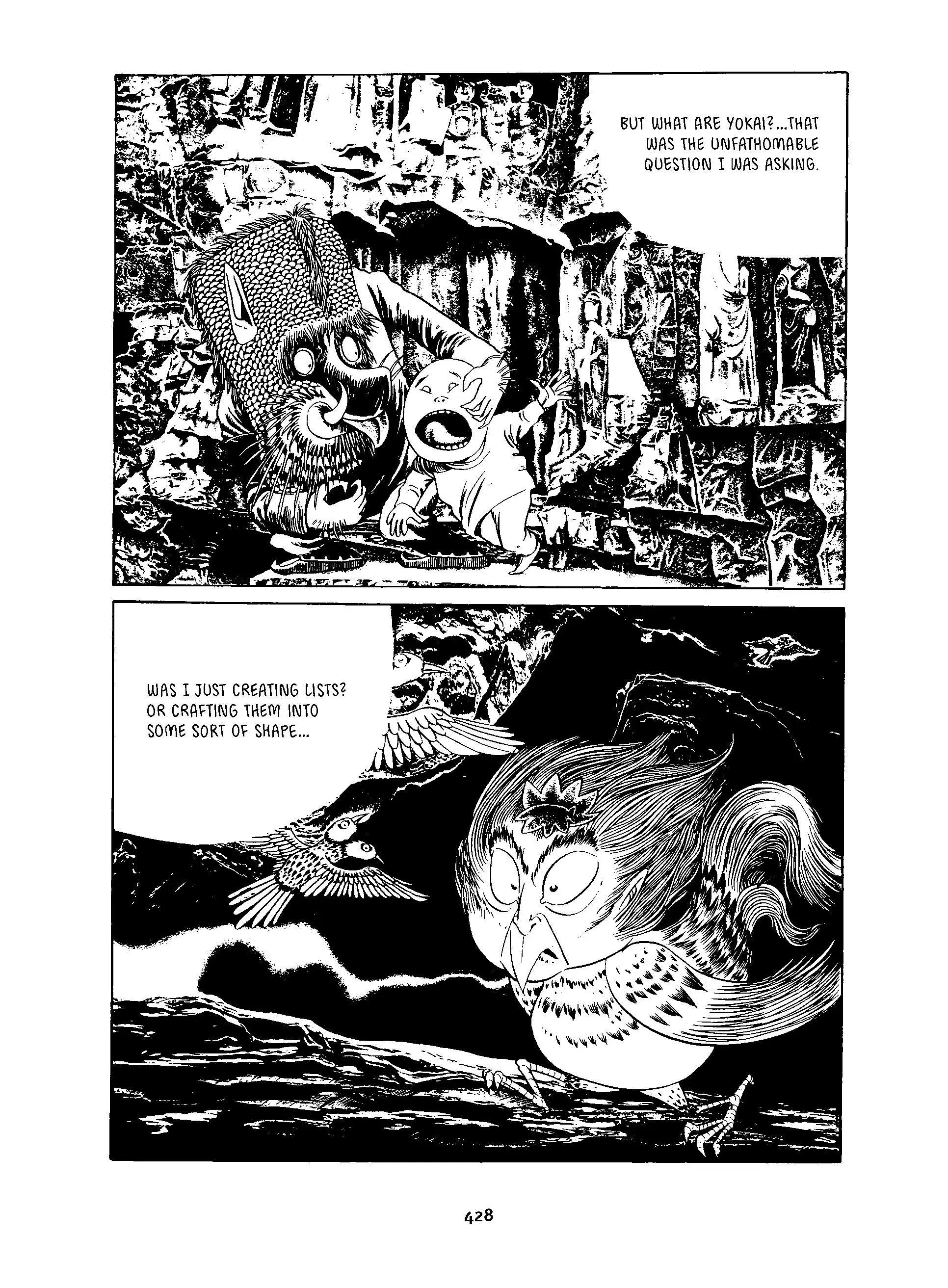 Legends and Mythology
Legends and Mythology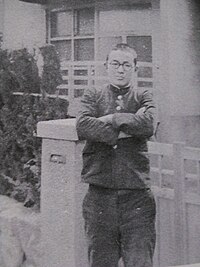 Collections and Eccentric Hobbies
Collections and Eccentric Hobbies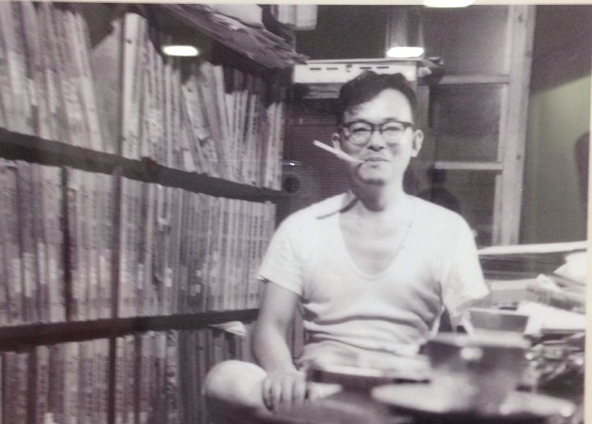 Journeys to the City
Journeys to the City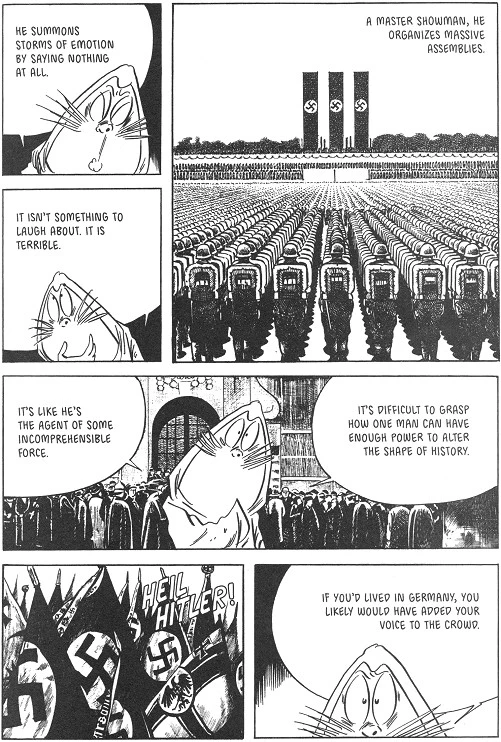 From Trauma to Creative Power
From Trauma to Creative Power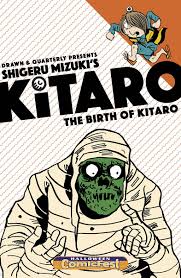 The First Step was Determination
The First Step was Determination Influence on Japanese Culture
Influence on Japanese Culture The Manga "Showa: A History of Japan"
The Manga "Showa: A History of Japan" The Manga 'Onward Towards Our Noble Deaths'
The Manga 'Onward Towards Our Noble Deaths'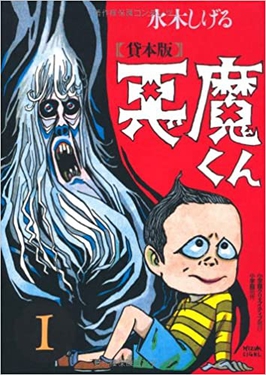 Akuma-kun
Akuma-kun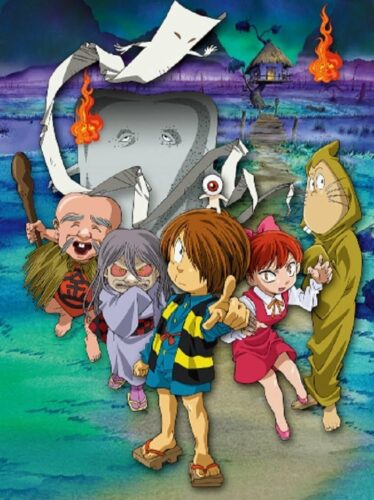 Shigeru's Works Still Alive
Shigeru's Works Still Alive


